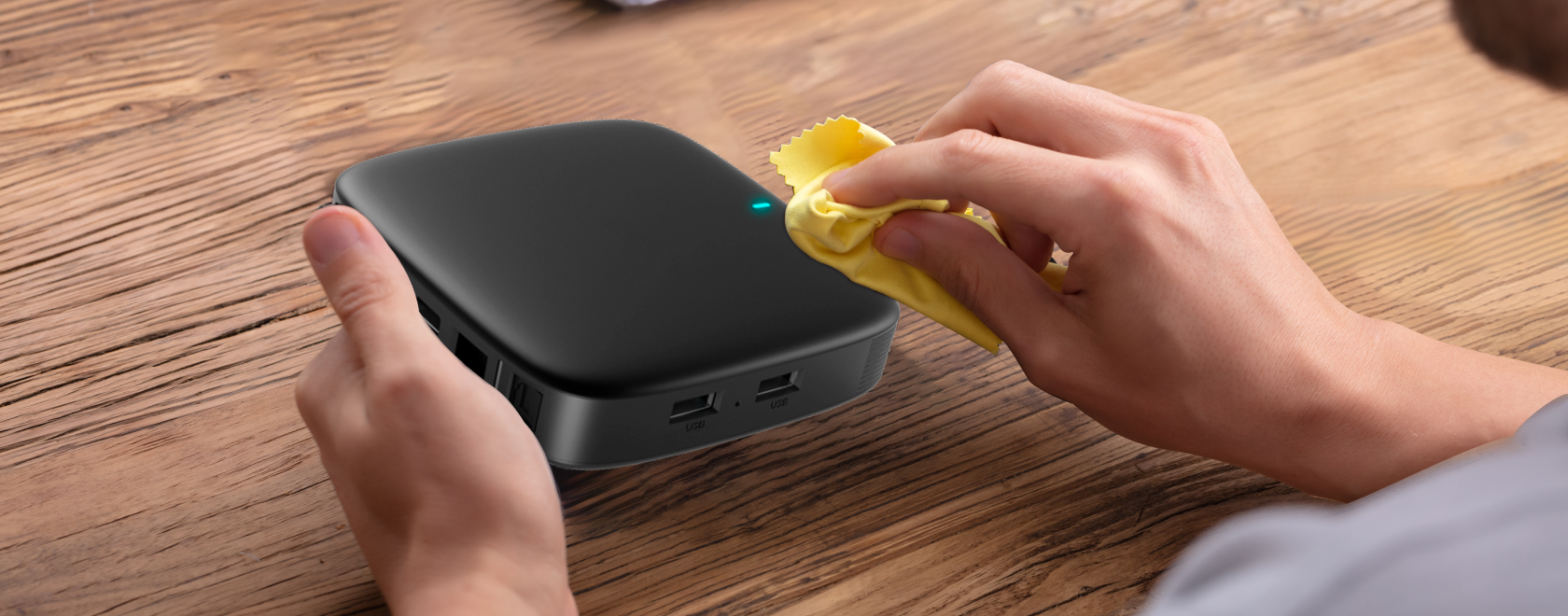Streaming should be effortless, yet the compact box that transforms a raw network feed into vivid television works harder than any other part of your entertainment chain. Inside its palm-sized enclosure are densely packed chips running near their thermal limits, firmware whose attack surface grows with every new service, and high-speed connectors that expect laboratory cleanliness. Ignore those realities and picture quality drifts, glitches multiply, and lifespan shrinks. The remedy is not a costly hardware upgrade but a disciplined care routine built on three pillars: planned cleaning, timely software maintenance, and an environment that respects consumer-electronics physics.
Why Preventive Maintenance Matters
An IPTV player is a silent computer that rarely rests. Hot air rising through shallow vents, airborne lint, mains-power fluctuations, and the relentless march of streaming standards all conspire against its reliability. Dust acts as thermal insulation, electrolytic capacitors age twice as fast for every 10 °C rise in case temperature, and legacy firmware lacks the drivers and security patches needed for new CODECs or encryption schemes. A short, regular ritual restores the operating margins designed in at the factory and avoids premature failure that costs far more than maintenance ever will.
Routine Cleaning: From Exterior Grime to Internal Airflow
Begin with what you can touch. Power the box down, allow it to cool for ten minutes, then sweep the shell and every ventilation slot with a soft anti-static brush. Follow with short, angled bursts of compressed air so loosened particles exit instead of burrowing inward; a household vacuum is too aggressive and may create damaging static. Inspect the vents under a lamp until daylight is visible through every row—only then is airflow truly unobstructed.
Connectors merit equal respect. Reseating HDMI and Ethernet leads once a quarter polishes their gold-plated contacts and preserves the low-resistance path required for uncompressed video and gigabit traffic. Grip the moulded plug, never the cable jacket, to avoid stressing fine conductors. If the player hides inside cabinetry, confirm that bundles of wire do not drape across its top shell and that at least five centimetres of clearance surrounds each side. In rooms that regularly exceed 30 °C, a silent 5-volt USB fan behind the unit can shave internal temperatures by several degrees, delaying the thermal ageing of capacitors and solder joints without adding audible noise.
Firmware and Software Updates: Security and Stability at the Core
Firmware orchestrates every decoder pipeline, network stack, and DRM module inside the box. Vendors issue new builds to patch zero-day vulnerabilities, refine driver timing, and accommodate emerging streaming standards such as higher frame-rate H.265 or AV1. Postponing these updates leaves the device exposed to malware that exploits known bugs and to playback errors when providers retire legacy encryption.
Set a monthly reminder to check for updates—ideally during an off-peak hour when nobody is watching. Before flashing, back up custom data: Wi-Fi credentials, favourite channel lists, and sideloaded applications. Many brands allow exporting a configuration file to USB storage; if yours does not, record key entries manually. Use a wired Ethernet connection during the upgrade so packet loss cannot corrupt the image. After the mandatory reboot, verify that apps open normally and that the system clock synchronises with your time zone via NTP. A quick lap through the menus under heavy streaming load confirms that drivers and codecs are cooperating as intended.
Optimal Operating and Long-Term Storage Conditions
Consumer electronics often fail while idle in poor environments rather than while working. If the box must be stored or shipped, let it cool to room temperature, seal it in an anti-static bag with a silica-gel sachet, and keep the package upright so the spring-mounted heat sink cannot shift in transit. For daily use, target ambient temperatures between 5 °C and 35 °C and relative humidity below 85 %. These limits protect polymer housings, solder joints, and the magnetic cores inside miniature power chokes.
Power quality is a continuation of environmental care. A surge-protected strip fitted with metal-oxide varistors absorbs lightning-induced spikes that might puncture the primary side of the power adapter. In neighbourhoods prone to brownouts, an uninterruptible power supply rated for 200 W or more gives the box enough autonomy to shut down gracefully, preventing file-system corruption that is often misdiagnosed as a “bricked” board.
Handling During Relocation and Seasonal Downtime
When the box must travel, detach every cable by gripping the plug—not the cord—to avoid stretching conductors. Cap unused ports with inexpensive rubber stoppers to keep abrasive dust off delicate plating. If the device will sit dormant for more than a fortnight, disconnect the power adapter entirely; standby modes still expose the primary switcher to voltage transients and consume measurable electricity over time. After a long hiatus, perform a brief visual inspection for swollen capacitors or insect debris before powering up.
Recognising Early Warning Signs
Consistent care attunes you to the player’s normal behaviour. Fans that accelerate sooner than usual, interface animations that hesitate, or a sudden rise in buffering are not nuisances but early-warning beacons. Investigate immediately: feel the case for hotspots, check the installed firmware against the latest release notes, and inspect cables for nicks or kinks. Addressing anomalies quickly almost always costs less than replacing a scorched mainboard or corrupted flash.
An IPTV set-top box is engineered for relentless entertainment, yet its longevity and reliability hinge on deliberate owner involvement. Gentle cleaning preserves unobstructed airflow, timely firmware updates shield the network and extend feature support, and prudent storage defends sensitive circuitry whenever the device rests. Together, these straightforward disciplines maintain vivid pictures, instant channel changes, and secure operation long after less-loved units have failed—turning a few minutes of regular attention into years of trouble-free viewing pleasure.
